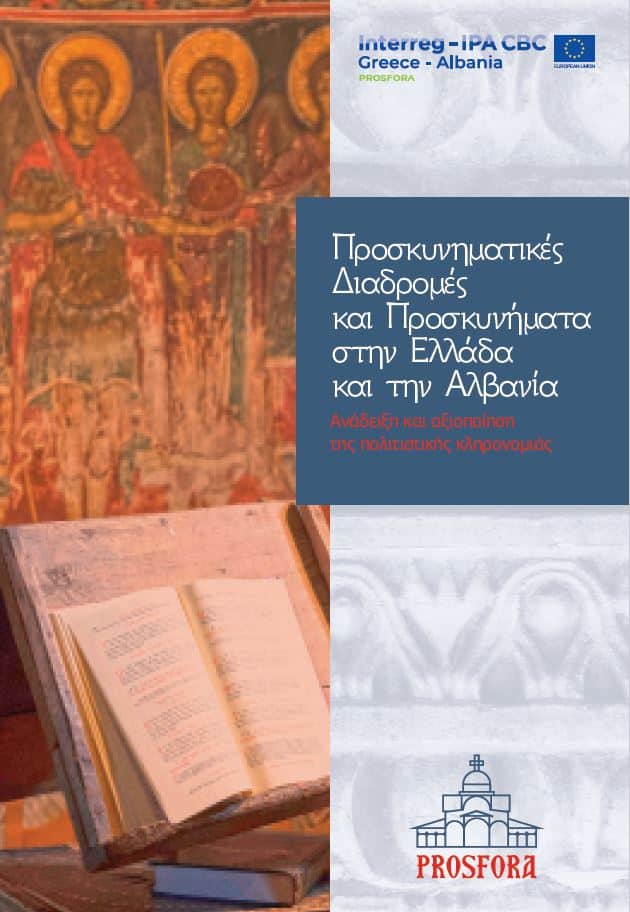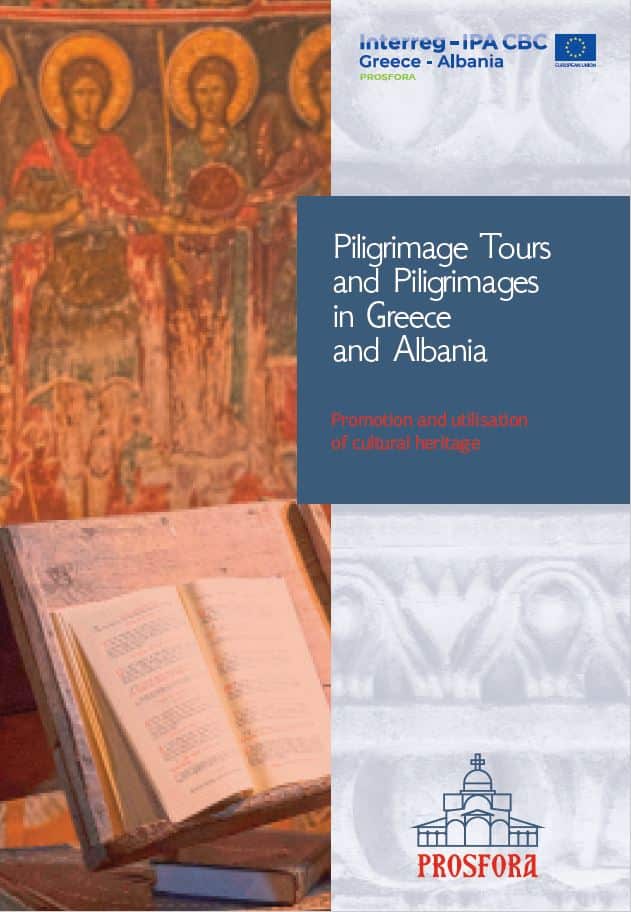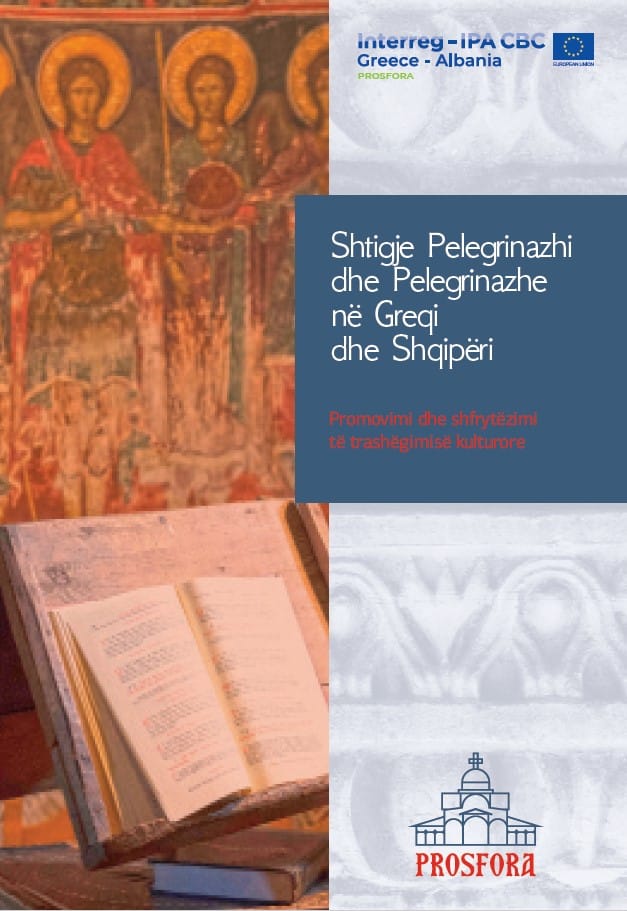HISTORY
Eleni Michou, Archaeologist
The Holy Monastery of Tsouka, dedicated to the Birth of the Virgin, is built at an altitude of 760 m. on the homonymous hill, near the community of Elliniko of the Municipality of North Tzoumerka. It was named “Tsouka” due to the top of the forested hill of the same name, in Aromanian language (Vlach) “Tsuka Analta”, which means “high peak”. The hill, while it is easily accessible from Elliniko, it is is completely vertical at its eastern side, forming the steep bank of Arachthos straits on the right. As a result the monastery, which is located right on the edge of the cliff, dominates the area and is visible from everywhere, ensuring a wonderful view to Arachthos straits and the opposite villages of Peristeri and Tzoumerka.
According to tradition, an icon of the Virgin Mary was found on Tsouka Hill, for the honor of which the inhabitants of Elliniko built a chapel on the hill of Saint Marina, above the village. However, the icon of the Virgin Mary was leaving every night for the hill of Tsouka, thus indicating in which area she wanted her church to be built. Again according to tradition, the monastery was founded in 1190 by the emperor Isaac II Angelus (1185-1195) and experienced great prosperity during the time of the Despotate of Epirus. It was destroyed in 1736 and renovated in 1779, while it also became a religious and national center, since both in the national Greek War of Independence of 1821, and in all national struggles, it was used as a refuge of the Greek revolutionaries. The monastery acquired a large fortune and maintained the school of the village of Elliniko. It also had a great reputation, thanks to its water, which was considered as hot springs and was sought after throughout Epirus. Its festival on September 8 was really famous and gathered a lot of people, but also gathered the sick, who wanted to be healed. However, after the beginning of the 19th century, its mismanagement led to its decline. It remained abandoned for many years, but was restored in the late 1990s, when its cells and ancillary facilities were restored.
The monastery has a fortress character and is surrounded by a high wall, the entrance of which is decorated with stone carvings. In addition to the katholikon, it includes a number of other buildings, such as cells, a cistern and a bell tower. The two-storey cells are located on the southwest and north side and most of them are buildings of the 18th and 19th century. The cistern with its canopy is located on the southwest side of the katholikon and the stone-built bell tower dates back to 1866, according to the inscription on it. On the south side of the monastery, near the east entrance, there is the chapel of Virgin Mary, which suffered significant damage from fire.
The katholikon, built of white hewn stones, is located in the center of the complex and probably dates to the end of the 17th century.. The temple is single-aisled, cross-in-square-tetraconch and at its entrance a portico with two columns is formed. On its inside, it is painted and there is an inscription on the lintel, which today is indistinguishable. It states that it was painted at the expense of the owner Alexios Papaioannou and that its remarkable wood-carved iconostasis was gilded with the exquisite floral decoration at the expense of the monastery, during the abbacy of Gavriil, by the painter Athanasius from Kapesovo, son of the also well-known painter Ioannis, on October 3, 1779.
The monastery today is for men and celebrates on September 8 with a glorious festival, which gathers a large number of pilgrims.













